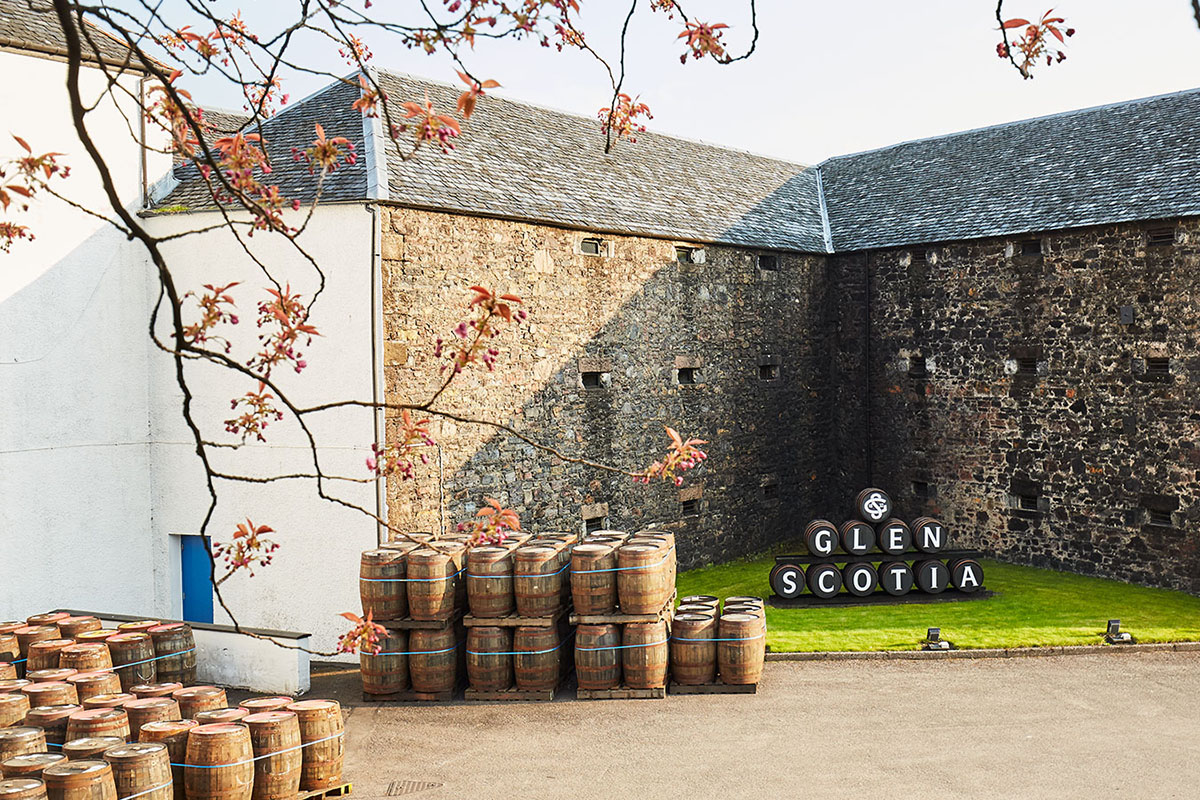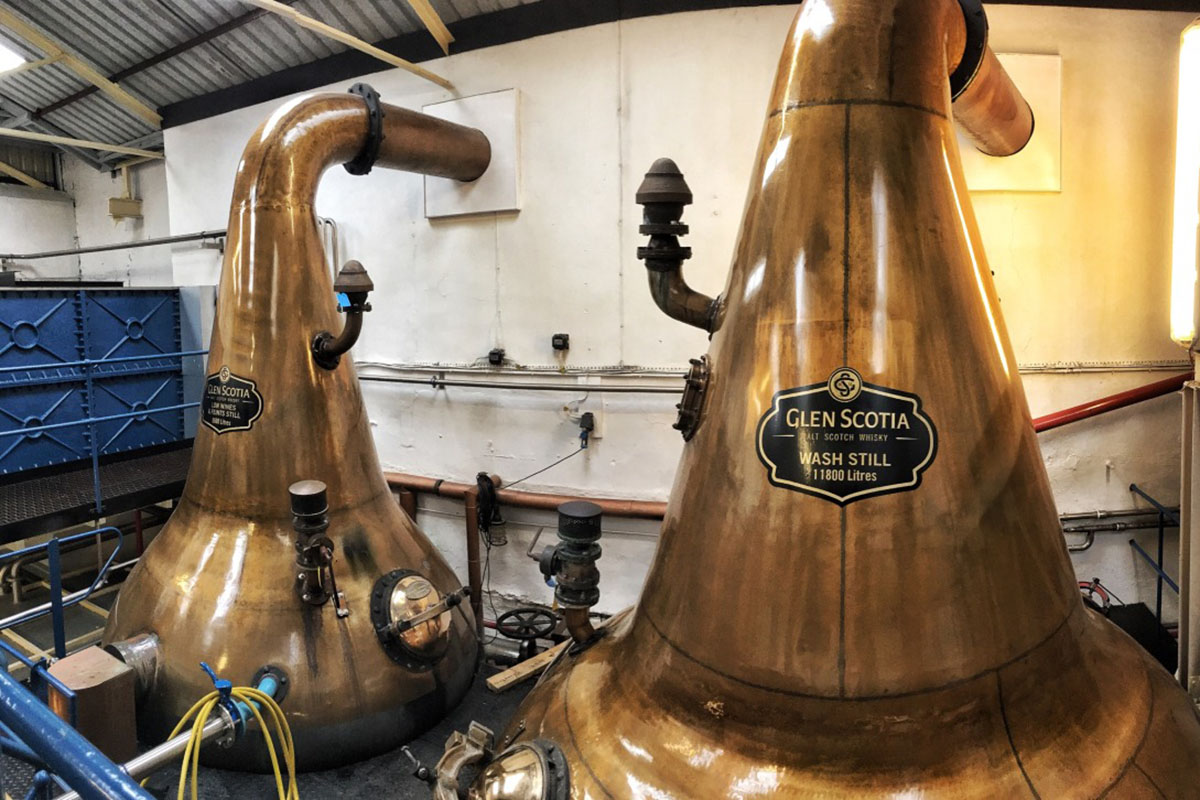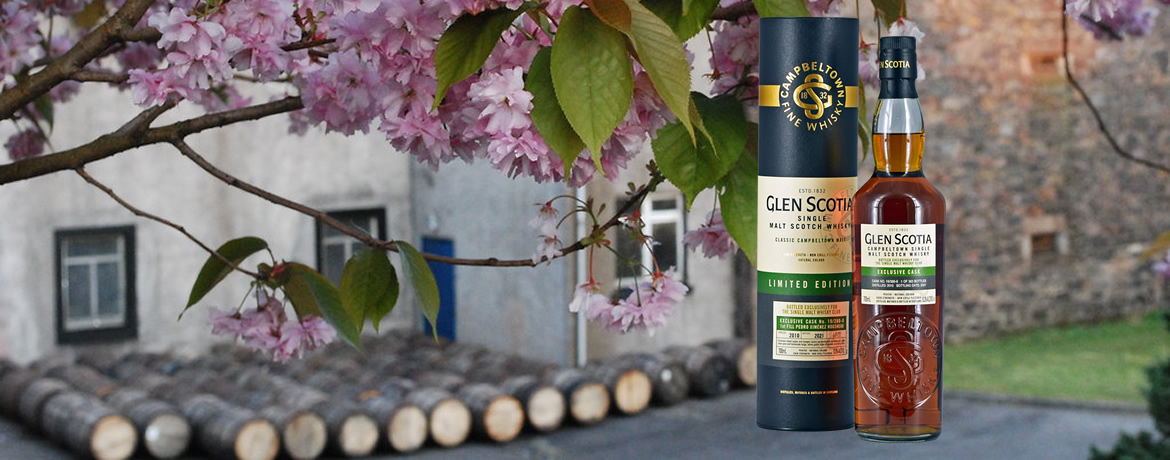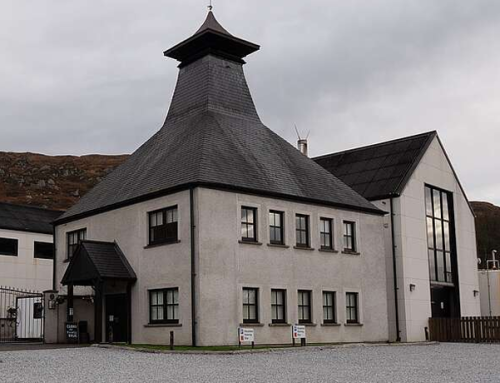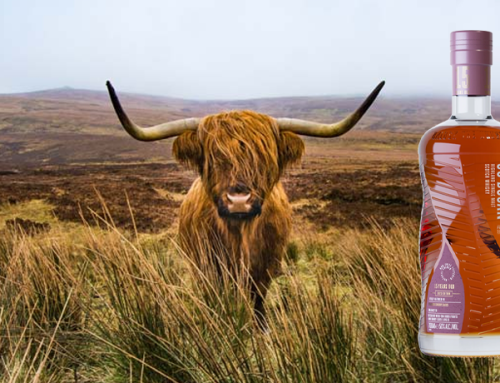This month we have a whisky you can be certain you can’t get anywhere else on the planet. An absolutely amazing cask strength, 11 year old, lightly peated single malt whisky, fully aged in a first fill Pedro Ximinez cask from the smallest of the Cambpeltown distilleries – Glen Scotia.
It is our pleasure to announce the August Malt of the Month – the Glen Scotia Exclusive PX Cask No. 19/380-8, individually numbered and bottled exclusively for The Single Malt Whisky Club.
We are so excited about this whisky, we have been working on getting it for over a year and once we tasted it we bought the whole expression for our members.
This is an 11 year old, lightly peated Cambpeltown whisky, aged in a first fill Pedro Ximinez Hogshead for 11 years. Non-chill filtered, no colouring added and presented at it’s natural cask strength of 52.2% ABV. This is a strictly limited release and we have them all them!
This magnificent single cask offering is a lightly peated whisky made from 100% Scottish East Coast peated barley. As per Glen Scotia’s preferred method, the fermentation is longer than most distilleries at 72 hours. This allows plenty of time for the acids and alcohols in the mash to react to form the lovely esters that power the fruity/floral notes we love from Glen Scotia.
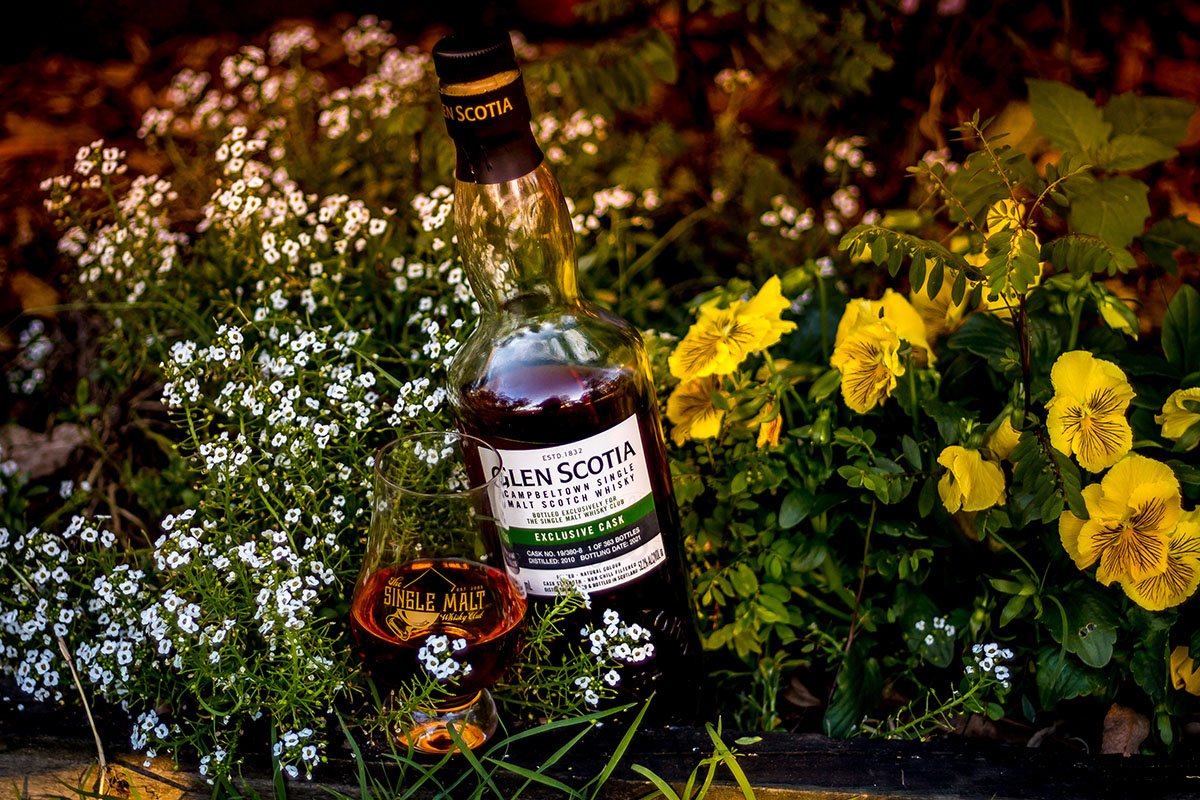
Distilled in the small batch stills of Glen Scotia Distillery in 2010 and put straight to work in a first fill Pedro Ximinez hogshead. Aged on site in the distillery’s original dunnage warehouse for 11 years – allowing the Cambpeltown maritime influence to assert itself and work it’s magic.
The result is a whisky that is complex and utterly delicious. Rich in sweet fruit and florally esters, yet with a salty-savoury side – caressed by the tail end of a smouldering beach bonfire. Fantastic with cheese and charcuterie, and as I found out last night – the clove and gingery spices in this dram match perfectly with a spicey Pho soup.
Not sure how we’ve managed to keep this a secret until now – we have been bursting to tell…. well, anyone outside our families. Our kids and wives are SICK of hearing about it, but we’ve had to tell someone! The current worldwide shipping situation, combined with shutdowns in British production, meant we’ve had to wait a lot longer than normal for this to arrive – and we’ve been eagerly watching it from afar during every step of its journey from barrel to boat to Melbourne! We are so happy to be finally able to share this magnificent dram with the greatest [not so] little whisky club in the world!
OUR TASTING NOTES
Nose: salty plumbs, cloves, some floral scents (jasmine?) and a salty charcuterie note.
Palate: delicious and rich and oily, spiced fruit with dark chocolate
Finish: A warm, long and chewy finish with a kaleidoscope of salt, sweet, umami and distant smoke.
A deliciously complex and full-bodied whisky with all the intense sweet fruit we expect from a first fill PX cask, magnified by the maritime salt, then wonderfully rounded with delicate campfire smoke. What the peat lacks in medicinal notes, it makes up for in cured meat umami.

FROM THE DISTILLERY
Cinnamon, baked apples and honeyed raisins are wonderfully balanced with sweet clove spice and homemade fudge, before gentle notes of toasted almonds to finish.
ABOUT THE DISTILLERY
The first record of commercial whisky production in Campbeltown dates back to 1636 – when the town was named Lochhead. The abundance of good water, peat and barley in the area made it perfect for distillers and whisky production (both legal and illicit) flourished. The fantastic natural harbour on which Campbeltown sits made distribution of the whisky easy as well as the import of supplies once the production outstripped the local produce.
One particular family of coppersmiths [with a penchant for meticulous record keeping] made over 50 distilling setups for illicit distillers between 1811 and 1817. Robert Armour’s (the coppersmith in question) stills book even records their locations! At the peak of it’s fame, in 1851, Campbeltown boasted no less than 29 legal distilleries.
Sadly, today sees only 3 distilleries remaining in Campbeltown – Glen Scotia, Springbank and Glengyle. The reasons for this massive decline in numbers are many-fold. The closure of a major blending company (Pattison’s of Leith) could be said to have been instrumental in the start of the decline in Campbeltown’s whisky industry. The closure and subsequent defaulting of its loans caused 10 other distilleries to declare bankruptcy. Suddenly investor confidence in the Campbeltown industry crashed. An enormous surplus of Campbeltown whisky caused prices to plummet. Shortly after this WW1 began causing huge disruptions in international markets as well as issues in supply of barley. The US prohibition and UK temperance movement further strangled the life out of Campbeltown. A few substandard casks filled with poor quality spirit made its way to a blender and the reputation of Campbeltown was irrevocably tarnished just as the Speyside region was becoming a force to be reckoned with. There was even talk of ex-herring casks being used to age whisky, however it’s believed this is just a rumour started by Speyside distilleries.
It was a multi-faceted ‘perfect storm’ of factors all combined to leave the Campbeltown whisky industry with only 2 working distilleries by the year 2000. In fact – Campbeltown narrowly avoided having it’s status as a separate whisky region lost when the Scotch Whisky Association started talking about ‘declassifying’ it around this time. Luckily, a proud Hedley Wright – owner of Springbank (and descended from the original owner) – acquired and began restoration of Glengyle. By 2004 it began production. This bought the number of Campbeltown’s working distilleries to three – equal that of the Lowland region – thus guaranteeing it’s status as a separate whisky region.
The Glen Scotia Distillery was built in 1832 by Stewart, Galbraith & Co who ran it until 1895 when it was bought out by a consortium who purchased Glen Scotia along with 5 other Campbeltown distilleries. Unfortunately 5 of those failed and were closed – and Glen Scotia was sold to Duncan MacCallum in 1924. Sadly it closed down once more in 1928 only to be re-opened in 1930 by MacCallum who then promptly drowned himself. His ghost is said to haunt the distillery to this day.
Glen Scotia remains one of the smallest Scotch whisky distilleries in Scotland employing just 7 staff and producing around 500 000 litres of raw spirit a year. Much of the original distillery still exists – the still room, fermenters and warehouse date from the 1830s. These days it is owned by Loch Lomond Distillers.
